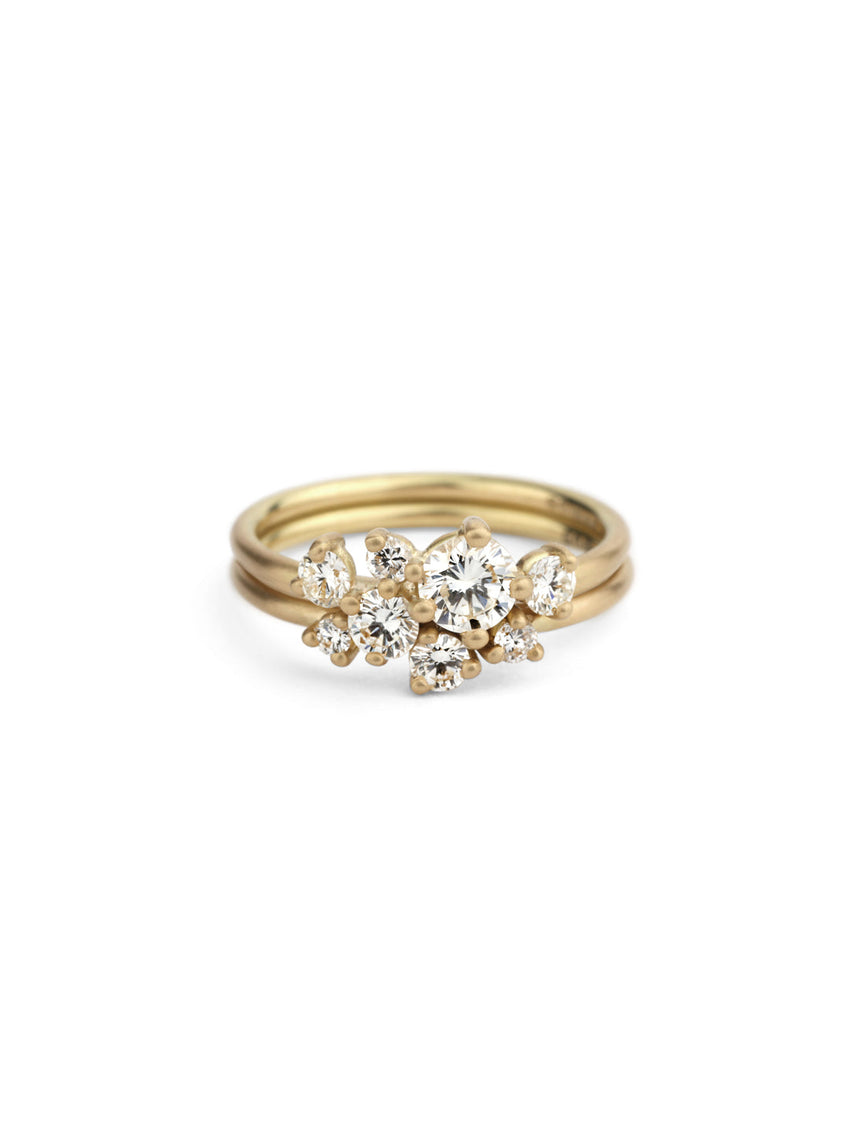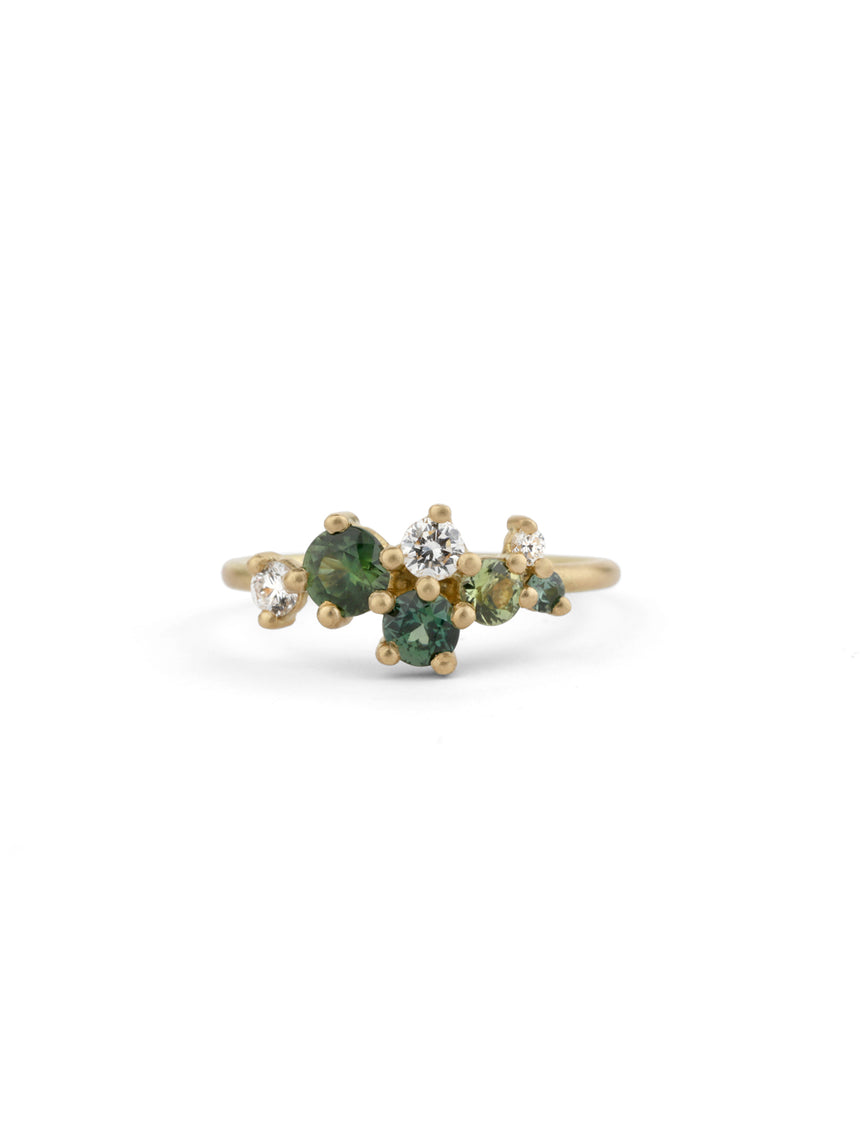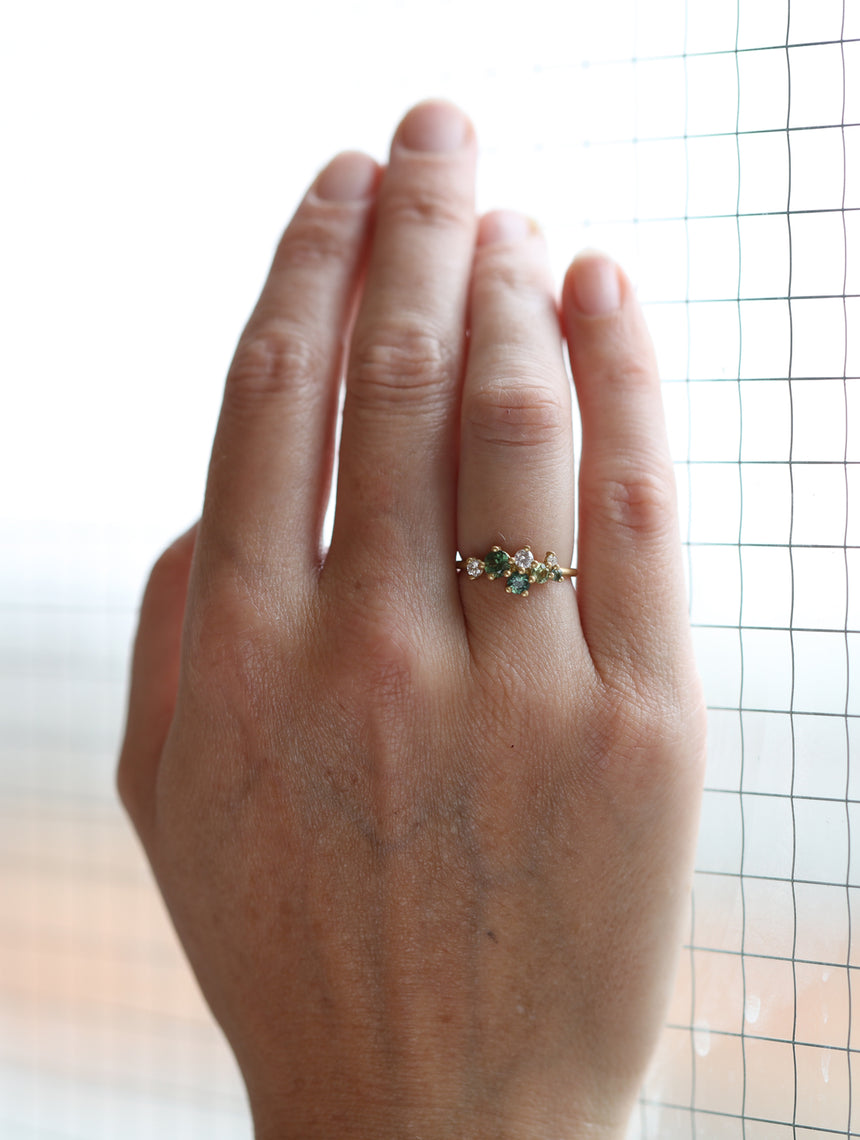Diamond - Crystallised Carbon
For centuries, diamond has been cherished as a gemstone of extraordinary brilliance and lustre. Yet, to scientists, its true fascination lies in its remarkable and extreme physical properties. When compared to nearly any other material, diamond consistently ranks at the top. It is the hardest known substance, the least compressible, and the stiffest material. It also exhibits the highest thermal conductivity while maintaining an extremely low thermal expansion. In addition, diamond is chemically inert to most acids and alkalis, transparent across a wide spectral range, from deep ultraviolet through visible light to far infrared, and is among the few materials with a negative electron affinity, meaning electrons can be emitted from its surface with remarkable ease.
Diamond has many important uses in technology and industry because of these exceptional qualities. It is used in cutting and drilling tools, heat spreaders for electronics, and optical components such as laser windows. In science, diamond anvil cells are used to create extreme pressures, while synthetic diamonds and diamond-like coatings improve durability and reduce friction. Diamond also plays a key role in quantum technologies and thermal management for high-performance devices.
Diamond vs. Graphite: The Carbon Paradox
Diamond is made entirely of carbon, and its extraordinary properties arise from the unique arrangement of carbon atoms within its crystal lattice. When compared to graphite, another form of pure carbon, the contrast is striking. In diamond, the atoms are bonded in a way that creates the hardest known material, while in graphite, a different bonding arrangement produces one of the softest materials. This remarkable difference stems solely from how the same carbon atoms are connected. In diamond, carbon atoms are locked together in a three-dimensional network, creating an immensely strong crystal. In graphite, however, each carbon atom bonds to only three others, forming flat, hexagonal sheets that slide over each other easily, giving graphite its softness and slipperiness.
At ordinary temperatures and pressures, graphite is actually more stable than diamond. Yet converting diamond into graphite is virtually impossible under normal conditions because it would require breaking and reforming a vast number of strong bonds, an energetically prohibitive process. Diamond is therefore said to be metastable: it persists not because it’s the most stable form of carbon, but because the transformation back to graphite is kinetically blocked. Deep within the Earth, however, under immense heat and pressure, carbon atoms can slowly rearrange themselves into diamond, a transformation that can take millions of years.
Natural Diamond Varieties
Natural diamonds are classified according to the types and amounts of impurities trapped within their crystal lattice. The most common are Type Ia diamonds, which contain up to 0.3% nitrogen. Type Ib diamonds are much rarer in nature, only about 0.1%, but are frequently produced synthetically and can contain nitrogen concentrations up to 500 parts per million.
Type IIa diamonds are exceptionally pure, with nitrogen levels so low they are nearly undetectable, while Type IIb diamonds are even rarer. These contain minute traces of boron rather than nitrogen, giving them unique electrical properties that make them p-type semiconductors as well as prized gemstones.
The Age of Synthetic Diamonds
Since the 1950s, scientists have successfully created diamonds in the laboratory using the High Pressure High Temperature (HPHT) method, a process that mimics the intense heat and pressure conditions deep within the Earth’s mantle where natural diamonds form. In this process, carbon (often graphite) is subjected to pressures exceeding 5 Gigapascals and temperatures above 1,500°C, often with the help of metallic catalysts that encourage crystal growth. Originally, HPHT diamonds were small and contained too many impurities and inclusions for gem use, serving primarily industrial purposes such as in cutting tools and abrasives.
However, advancements in equipment precision, temperature control, and catalyst chemistry have revolutionised the process. Modern HPHT techniques can now produce large, clear, and colourless gemstones virtually indistinguishable from natural diamonds, even to experienced gemologists. Many of these lab-grown diamonds are now used in fine jewellery, offering the same physical, chemical, and optical properties as mined diamonds, but with a smaller environmental footprint.
Thin Film Diamond
Alongside HPHT, the Chemical Vapour Deposition (CVD) technique has transformed diamond production in recent decades. Originally developed to create thin films of polycrystalline diamond for industrial and scientific applications, CVD now also enables the growth of high-quality single-crystal diamonds suitable for use in both advanced technology and jewellery.
In the CVD process, a carbon-rich gas (such as methane) is broken down in a controlled plasma environment, allowing carbon atoms to deposit layer by layer onto a substrate. This precise method gives researchers and manufacturers unprecedented control over purity, colour, and crystal size. Today, CVD diamonds are used not only as hard coatings on cutting tools, windows, and sensors but also as gemstones in the jewellery market.








